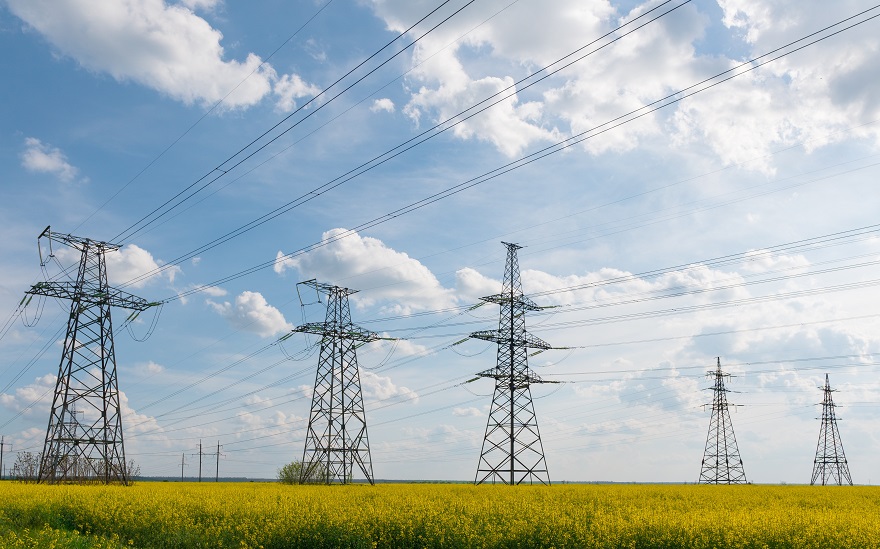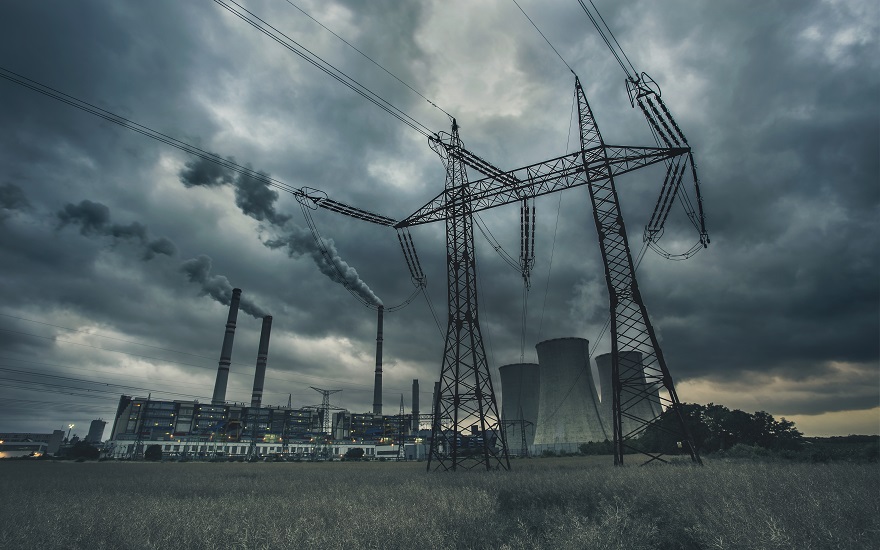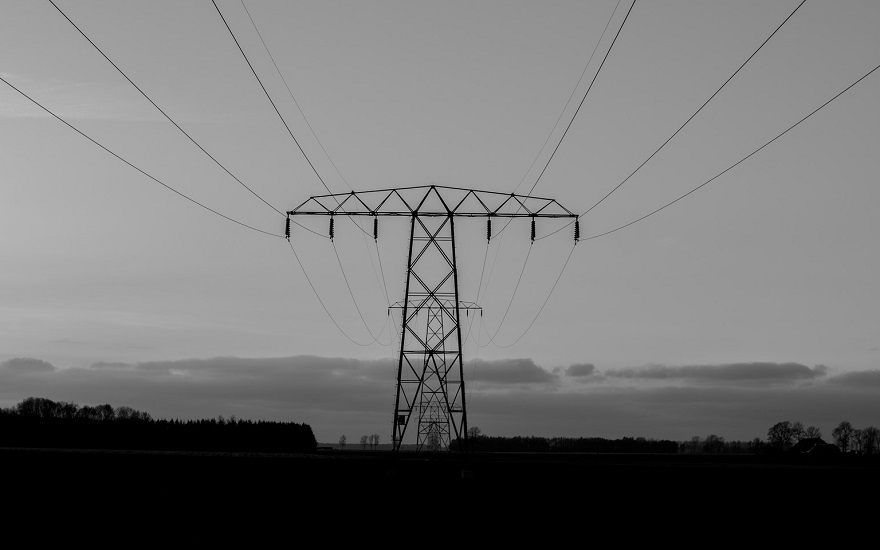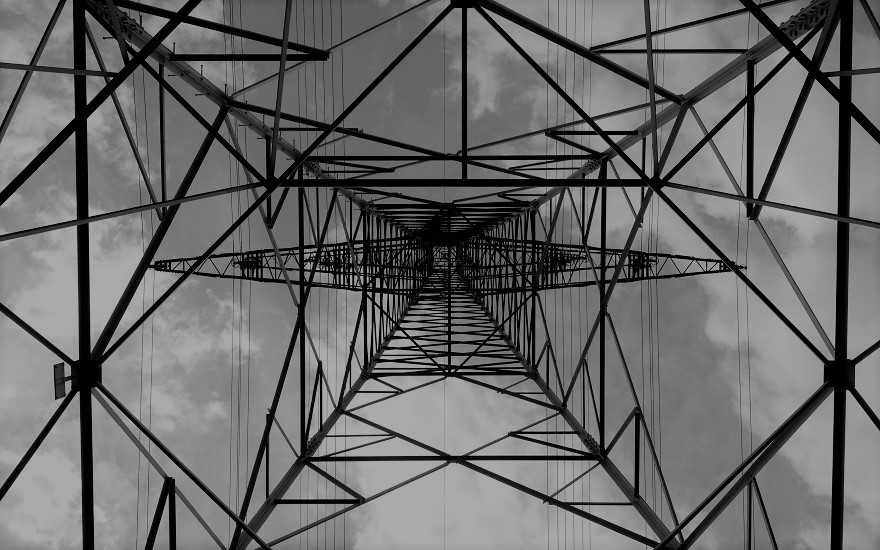Low electricity demand is likely to remain the biggest challenge for Britain’s network, according to National Grid ESO’s Summer Outlook 2022.
The electricity system operator’s latest report into the nation’s projected energy needs suggests there will be sufficient capacity to maintain supplies over the summer months.
Whereas the impact of COVID-19 has dominated the Summer Outlook in both 2020 and 2021, this year’s analysis had to factor in another major system shock – war in Ukraine.
The report states “the impact of the situation in Ukraine on global energy markets and systems is volatile and fast-changing”.
It doesn’t anticipate the uncertainty regarding global gas supplies will lead to any generation outages over the summer.
Summer Outlook 2022 Key Messages
1. Market prices
National Grid ESO has taken a number of measures to reduce costs to consumers. However, high wholesale prices will increase balancing costs even if the volume of system actions remains consistent with previous summers.
These measures include the development of pathfinder projects, new pre-fault frequency services and the delivery and implementation of this year’s Frequency Risk & Control Report.
2. Security of supply
We will meet the world-leading reliability standards that we all expect throughout summer 2022. Upward margins are traditionally less of a concern during summer due to lower peak demands than in winter.
However, due to the events in Ukraine, we have carried out additional analysis assessing a range of possible interconnector scenarios.
3. Managing the system
Managing low demand is one of the most complex scenarios our control rooms have to face and requires the ESO to take a number of actions to protect the network.
We expect electricity demands to be similar to summer 2021, but higher than the COVID-19 suppressed demands of summer 2020. We continue to have the right tools and services available to manage system operability during the summer, such as our stability services and Dynamic Containment.
“Specifically, in relation to the coming summer, managing minimum demands is likely to continue to be more challenging than has historically been the case.
“We don’t expect demands to be as suppressed as in 2020, but demand at transmission level continues to fall as more embedded generation connects at distribution level voltages and energy efficiency measures are taken forward.”
– Fintan Slye, National Grid ESO Director
A Deeper Dive Into Summer Outlook 2022
The analysis predicts a peak summer demand of 32.8 GW, slightly higher than in 2020 and 2021, with a minimum daytime demand of 20.6 GW.
It also points to the one-off additional bank holiday for the Queen’s Platinum Jubilee as an event likely to lead to reduced demand. This is due to a decline in economic activity during bank holiday weekends.
Periods of low demand and high levels of renewables generation may see the system operator turn to local or national Negative Reserve Active Power Margin (NRAPM) notices.
NRAPM is the mechanism where power stations are required to reduce generation to maintain a safe grid frequency.
The ESO believes there will be a minimum of 35.1 GW power generation.
Compared to last summer’s relatively stable forward electricity price of roughly £55/MWh, the report suggests costs will continue to remain high, closing at around £250/MWh.
While such sky-high prices will likely not have an impact on the security of supplies, it will in all probability increase the system operator’s costs to run the network reliably and efficiently.
Summer Outlook 2022 outlines several new services introduced by National Grid ESO to help manage the system.
Two of these – Dynamic Moderation and Dynamic Regulation – are a result of the grid experiencing lower inertia and larger, more numerous losses than ever before.
Dynamic Moderation providers will help manage large sudden imbalances by responding quickly when frequency moves towards the edge of the safe range.
While Dynamic Regulation is a pre-fault service designed to slowly correct small frequency deviations and ensure it remains around the target of 50Hz.
Earlier this month, the government announced plans to create an independent body to manage Britain’s electricity system. This organisation would take on part of National Grid ESO’s current role.




